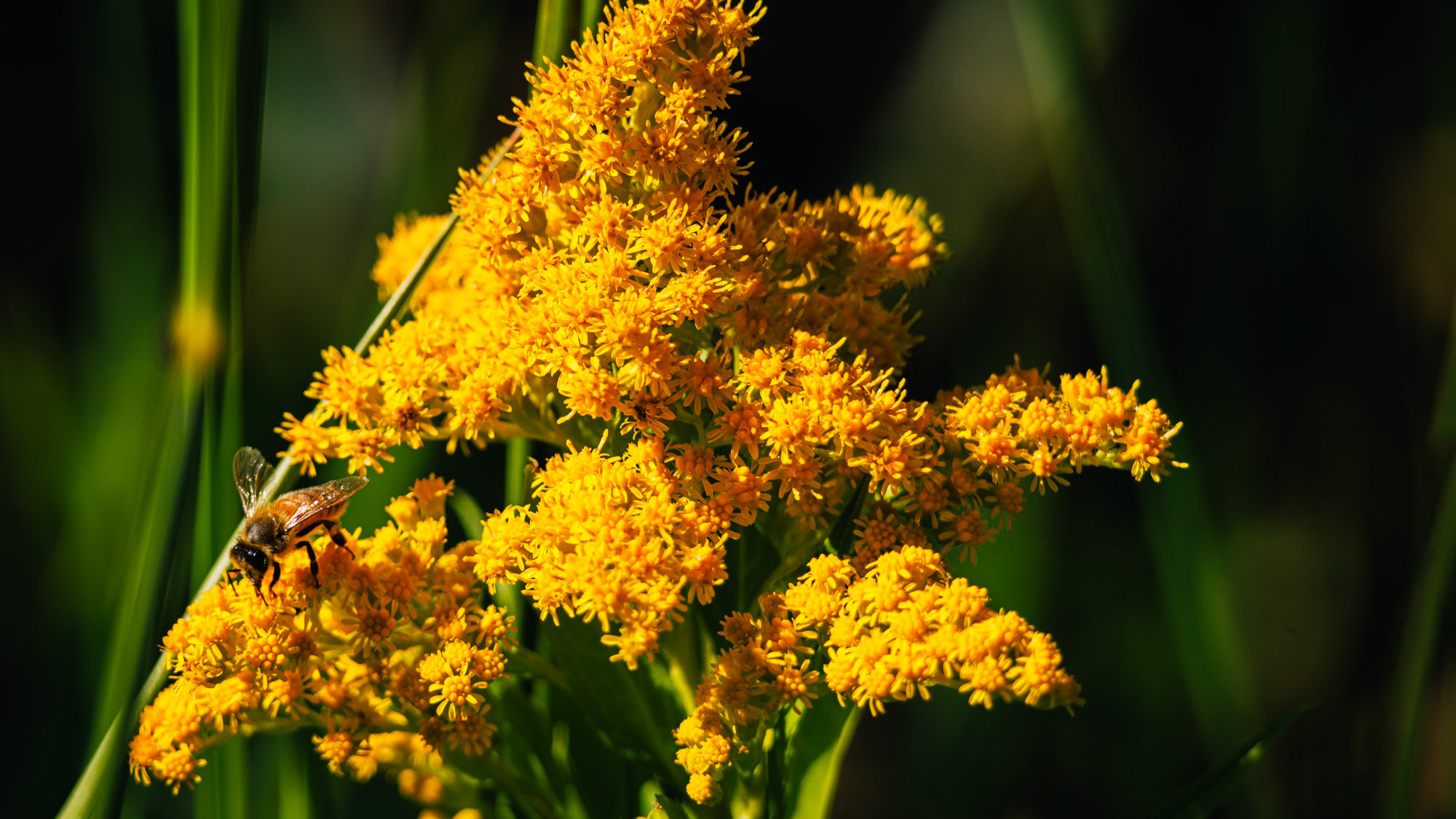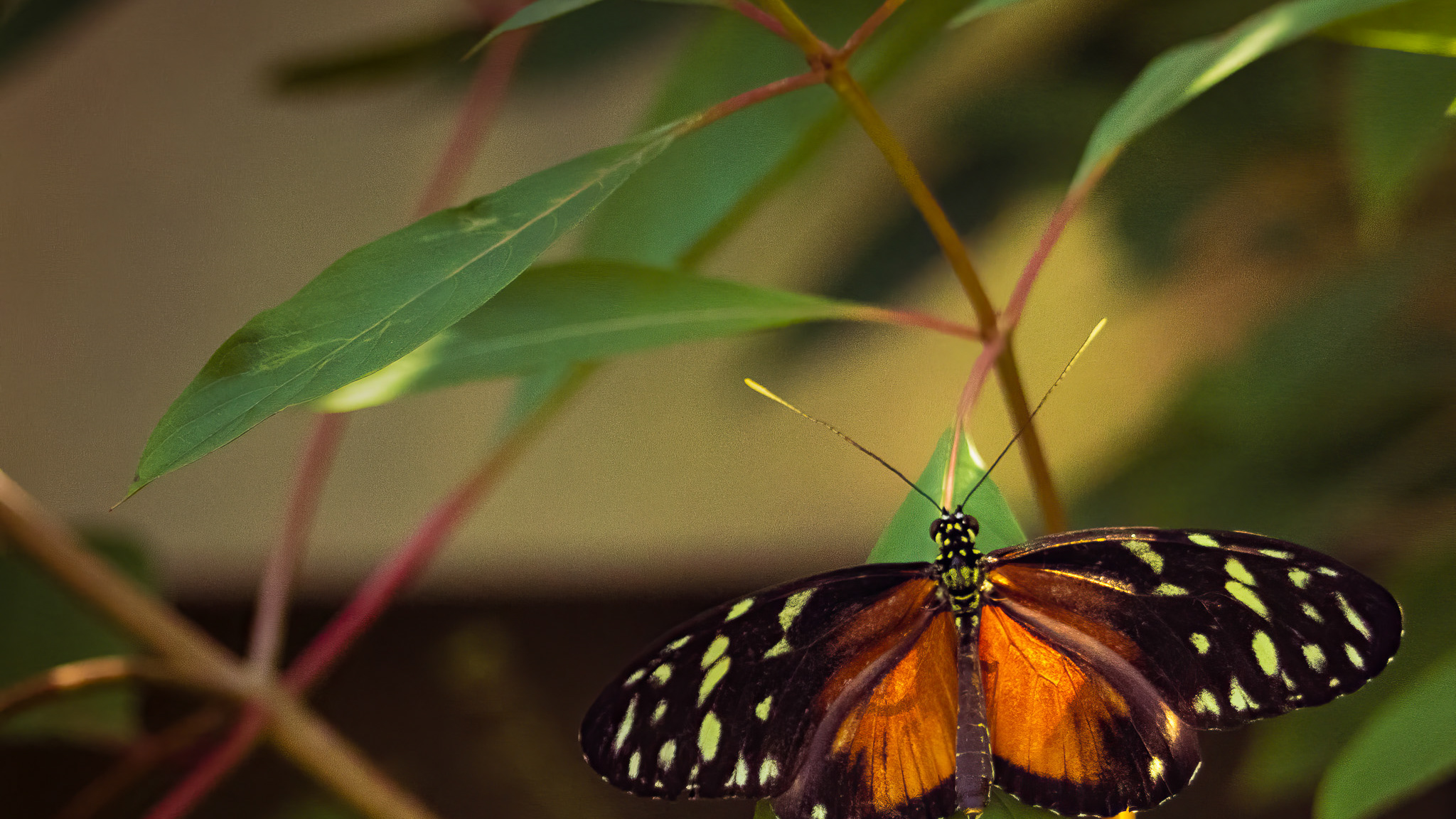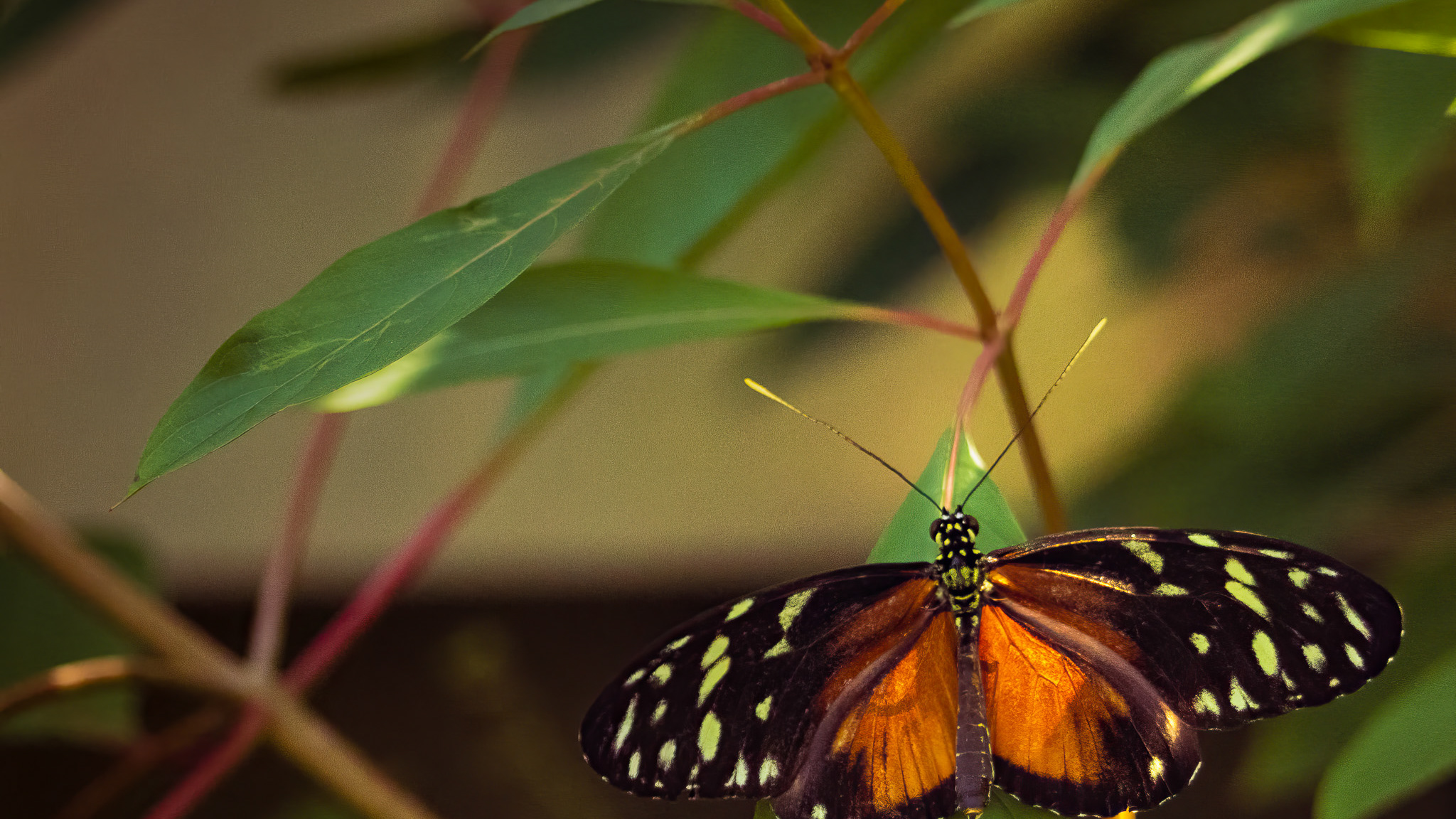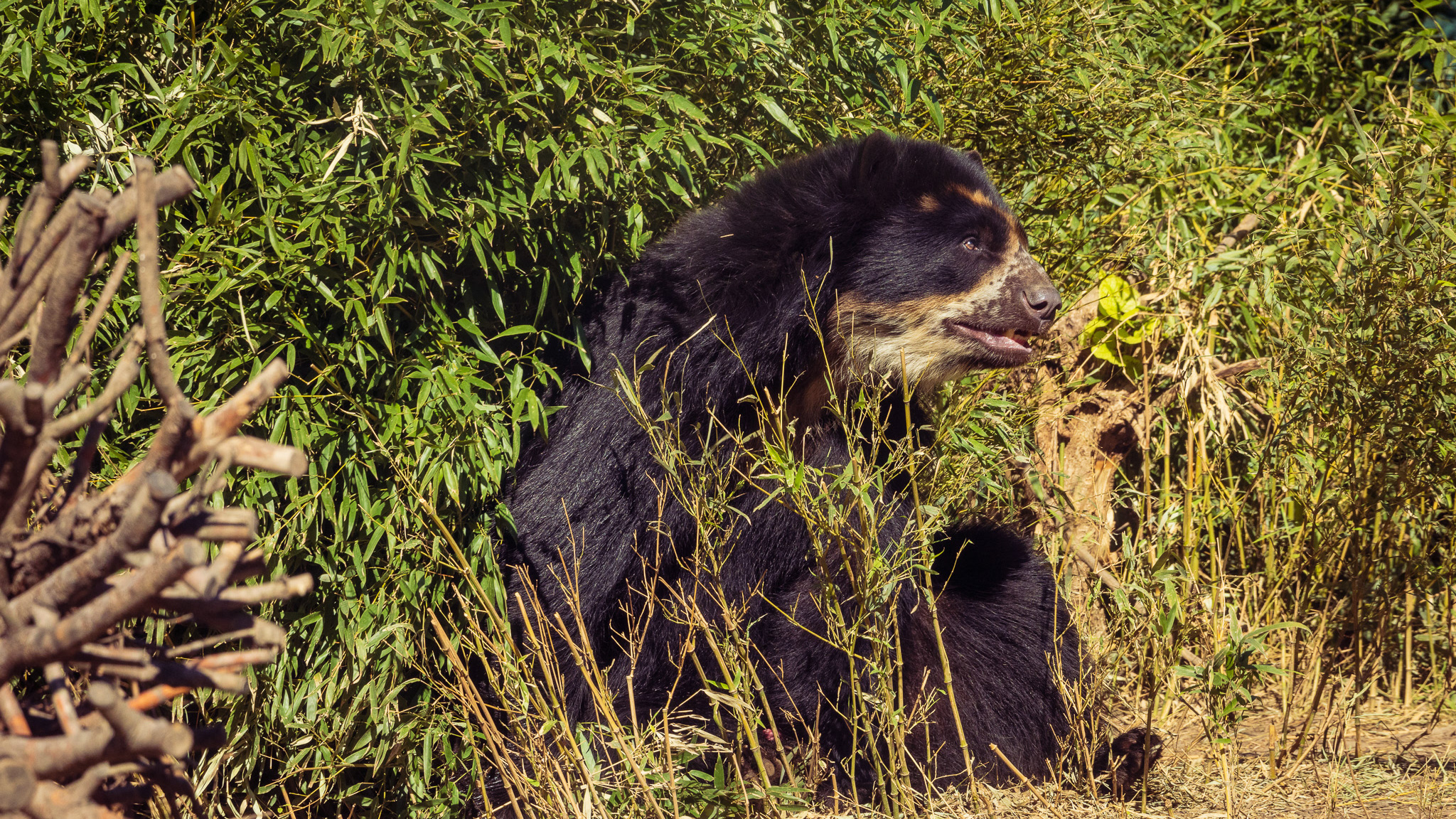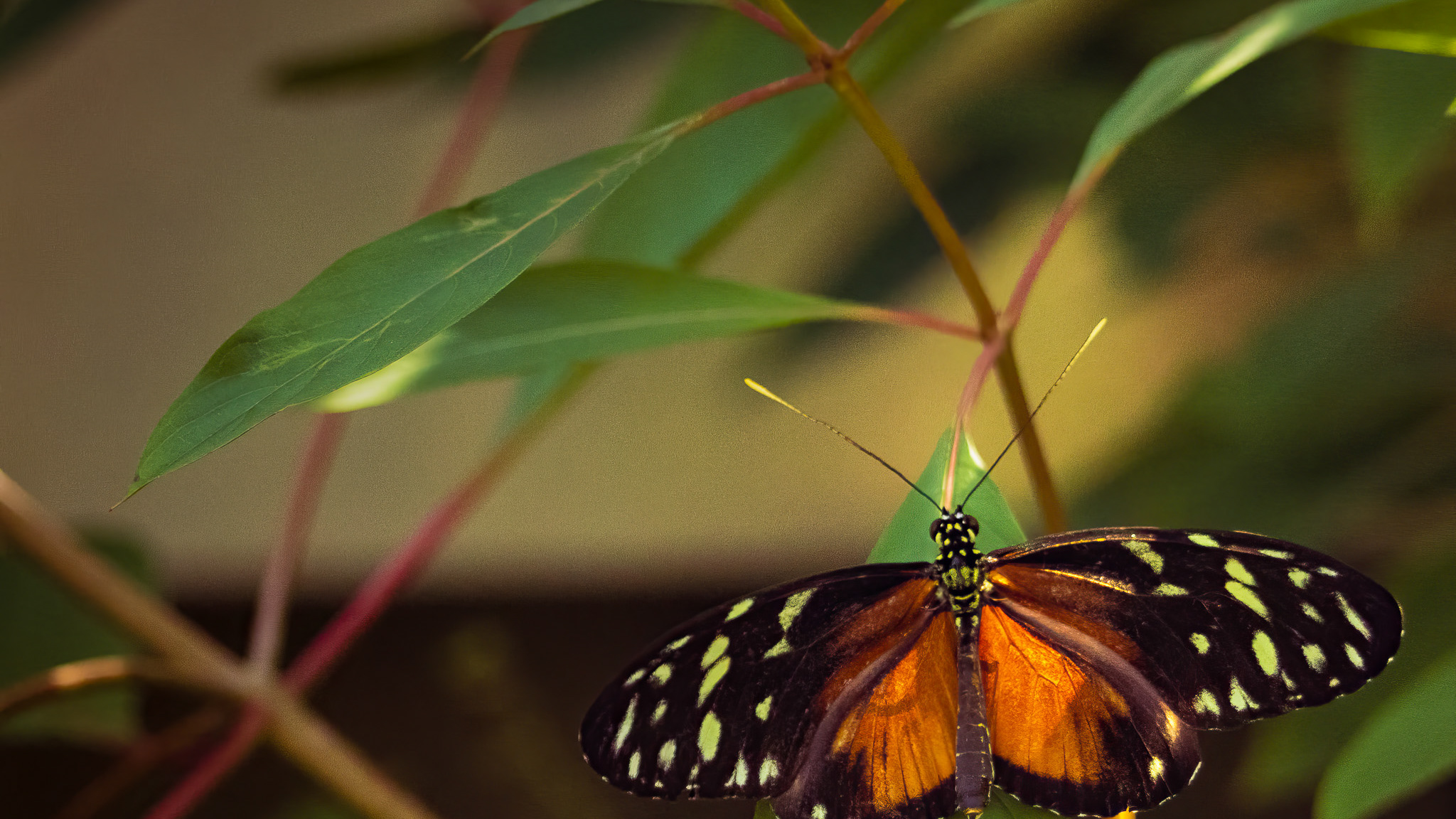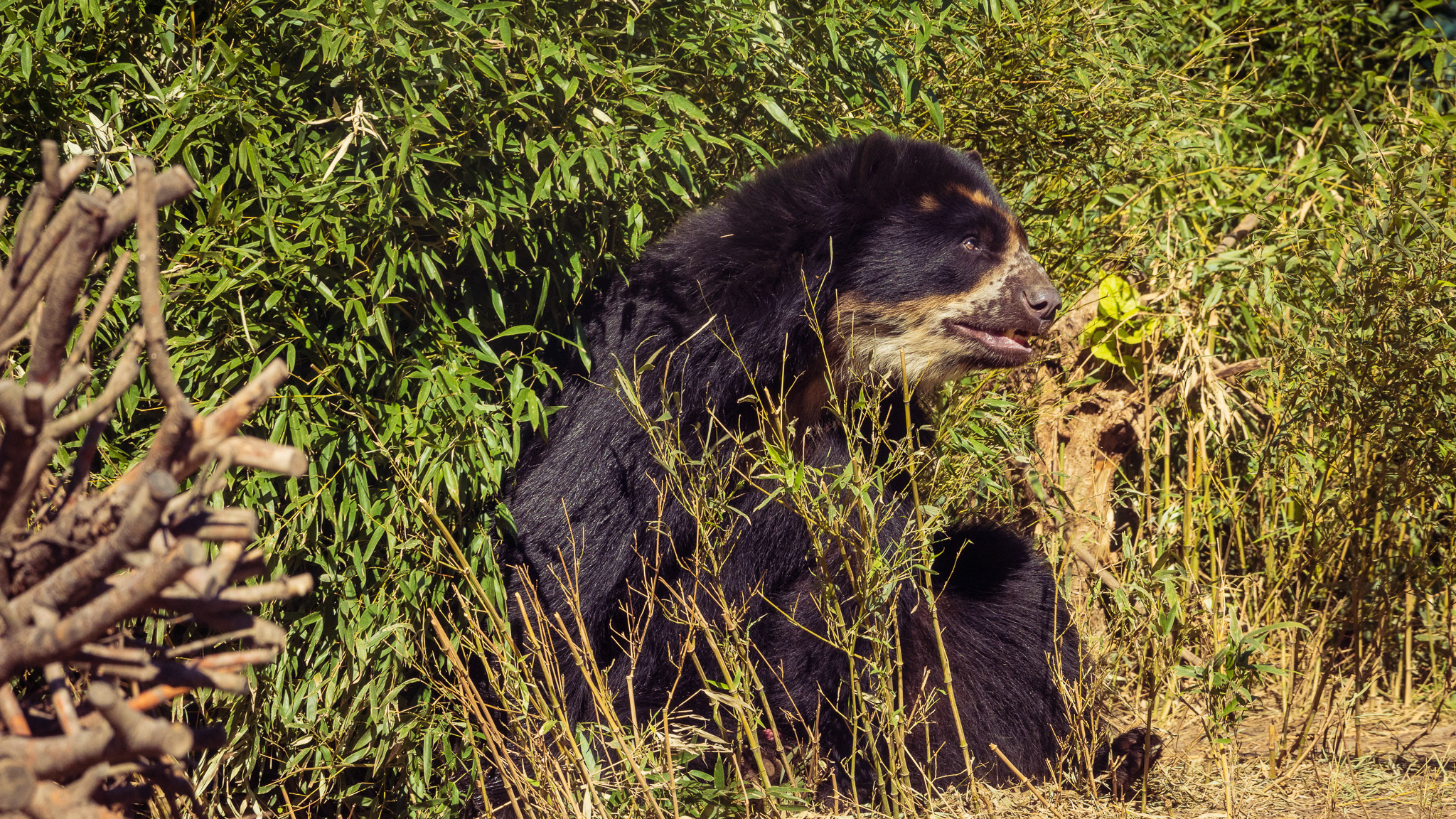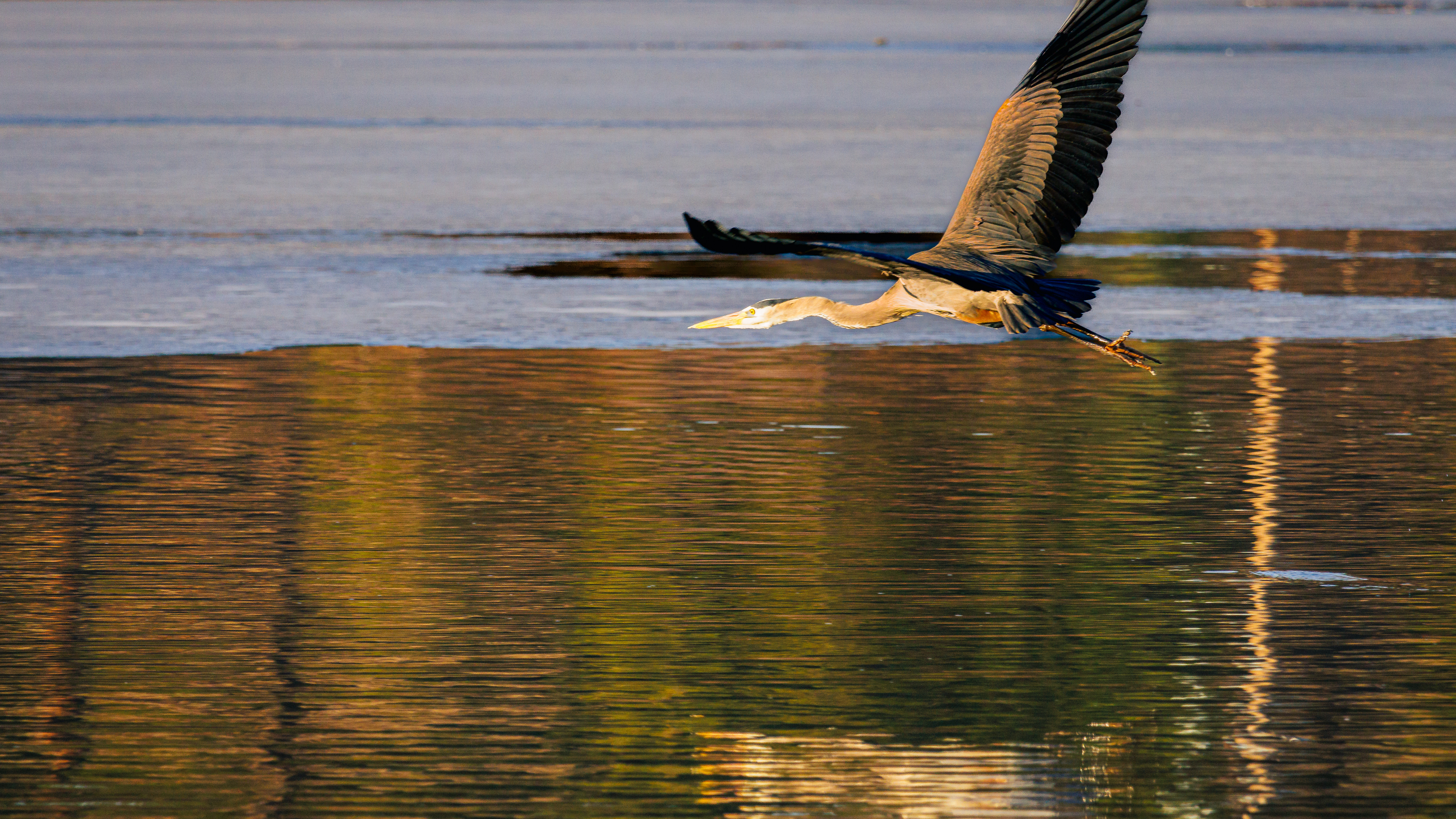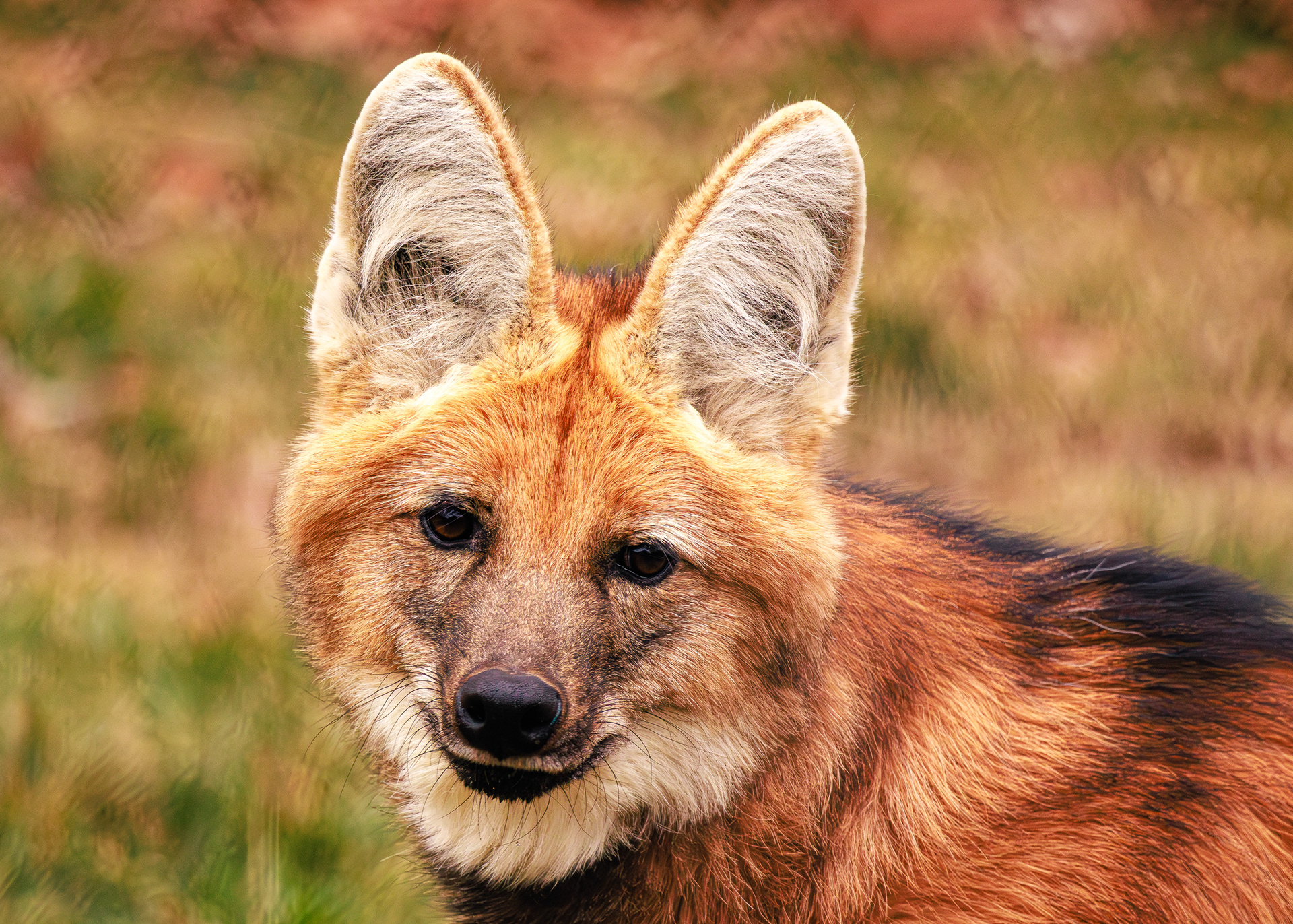
Maned Wolf
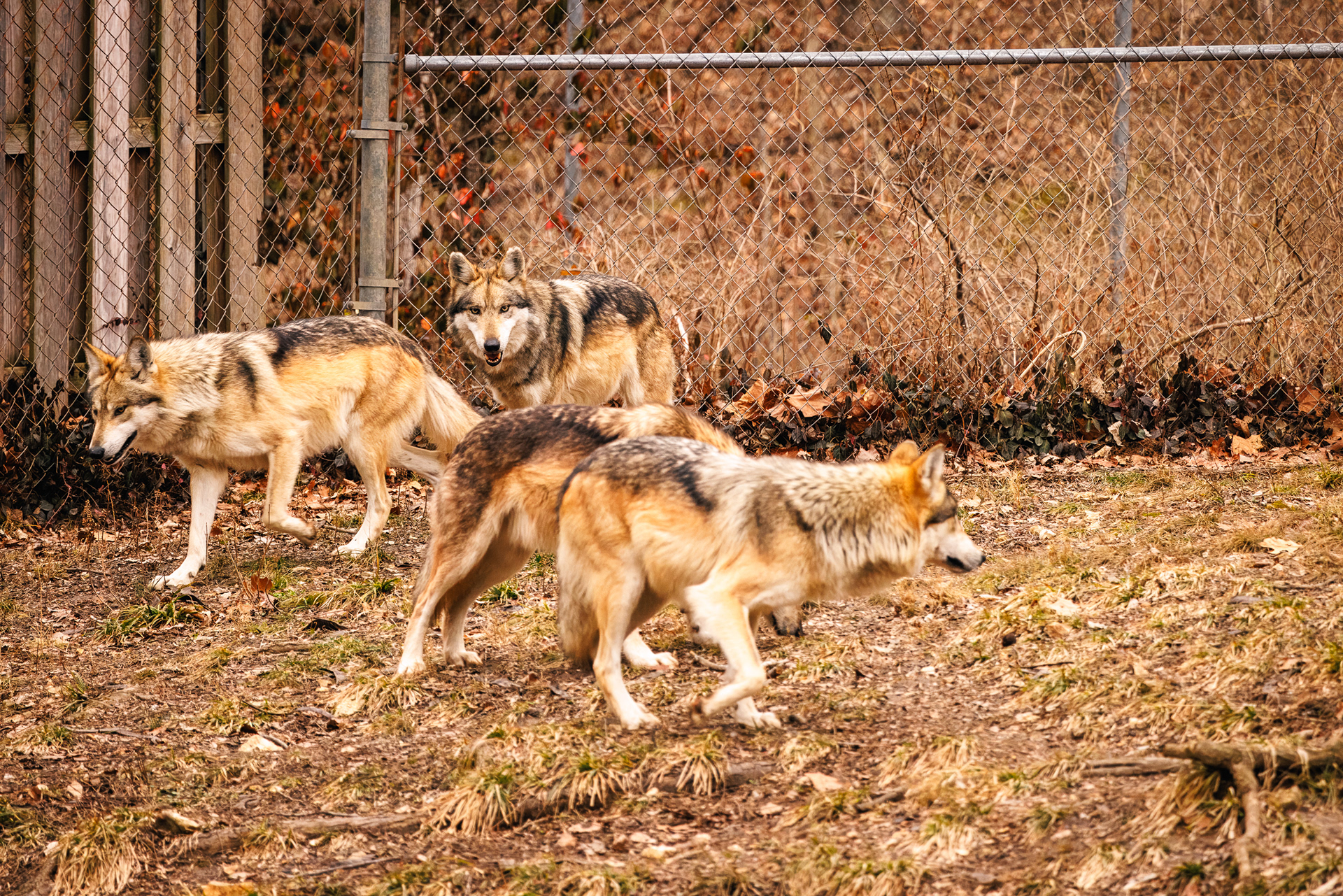
Wolf Brothers
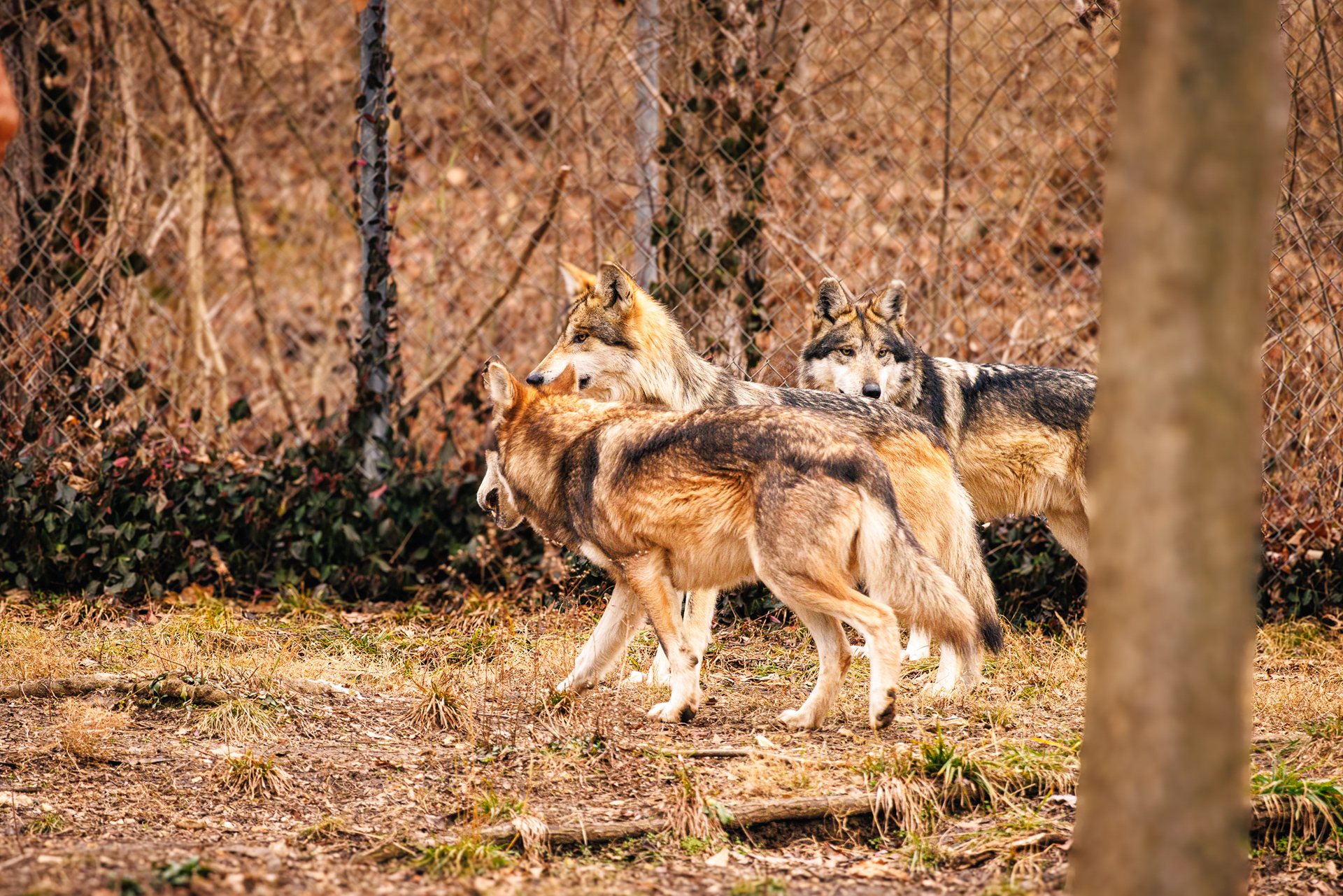
Wolf Brothers
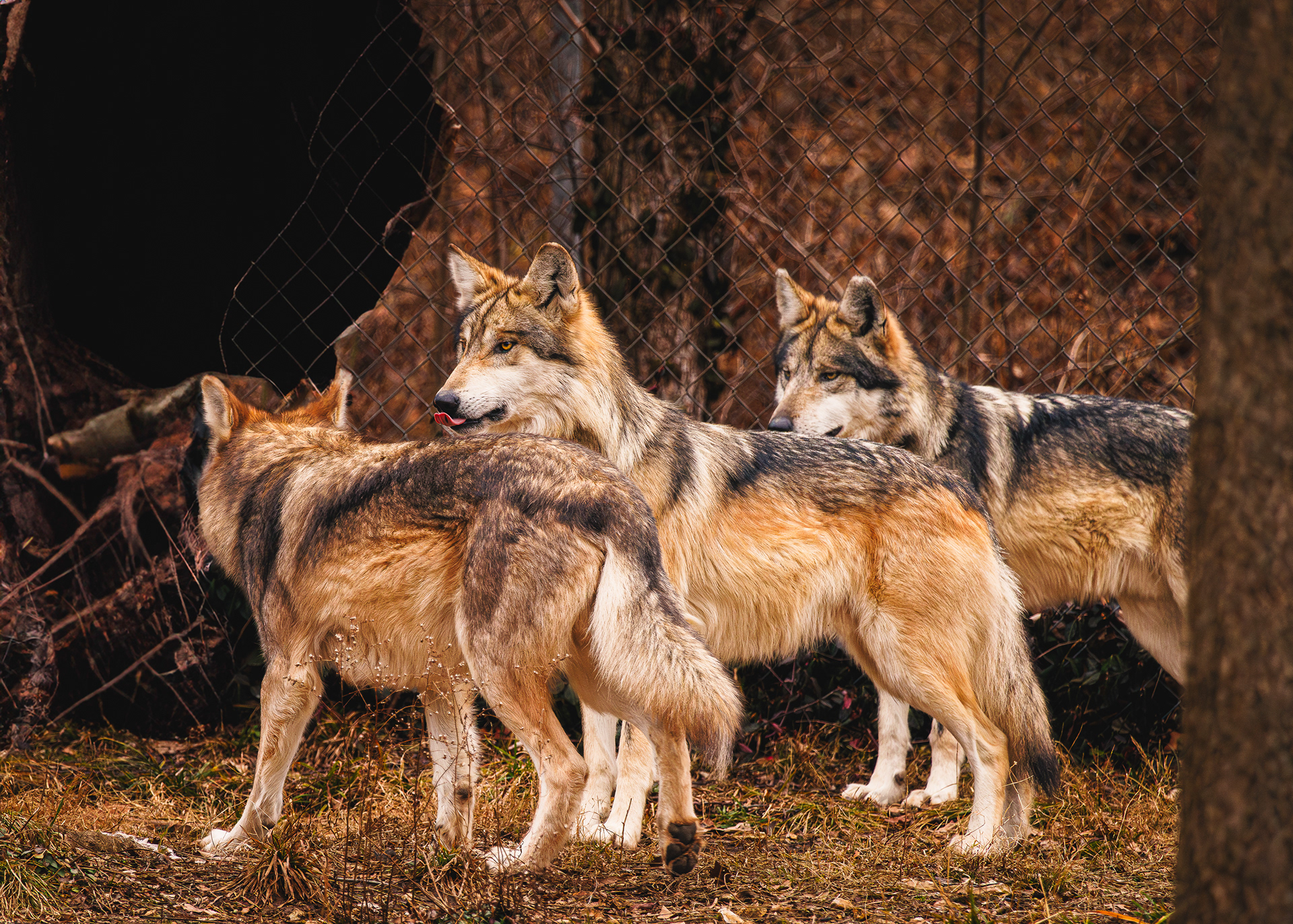
Wolf Brothers

Maned Wolf
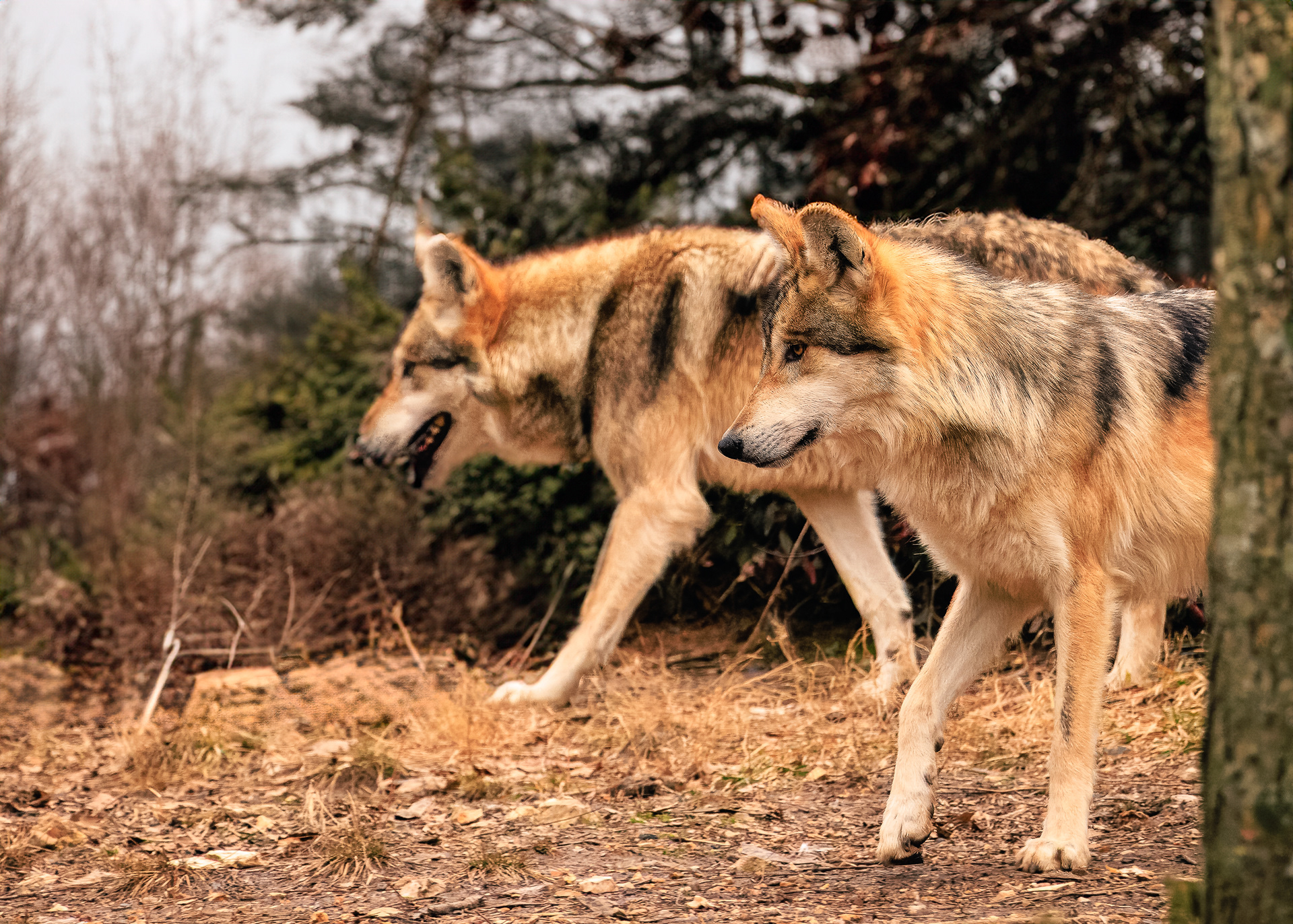
Wolf Brothers
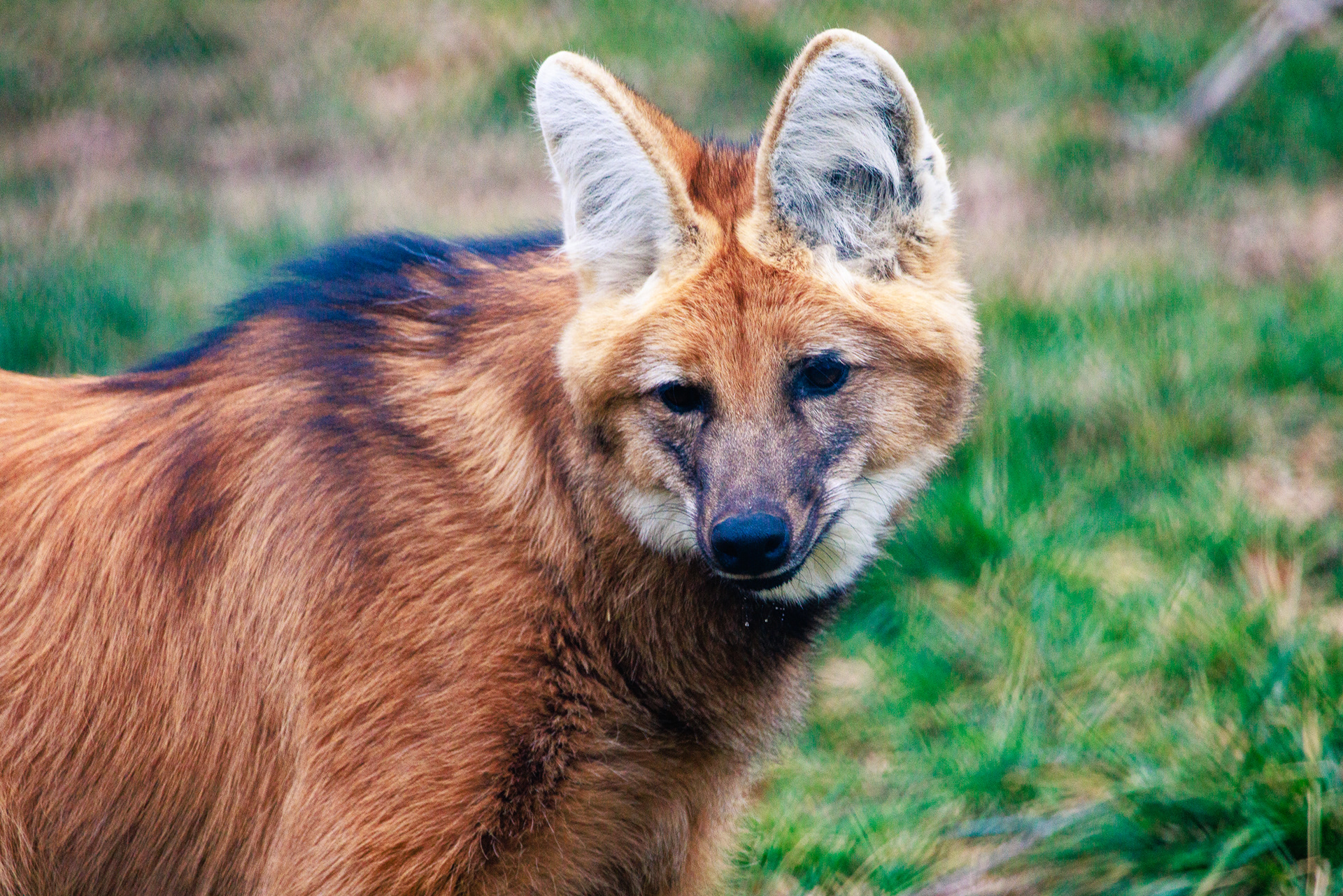
Maned Wolf, Female
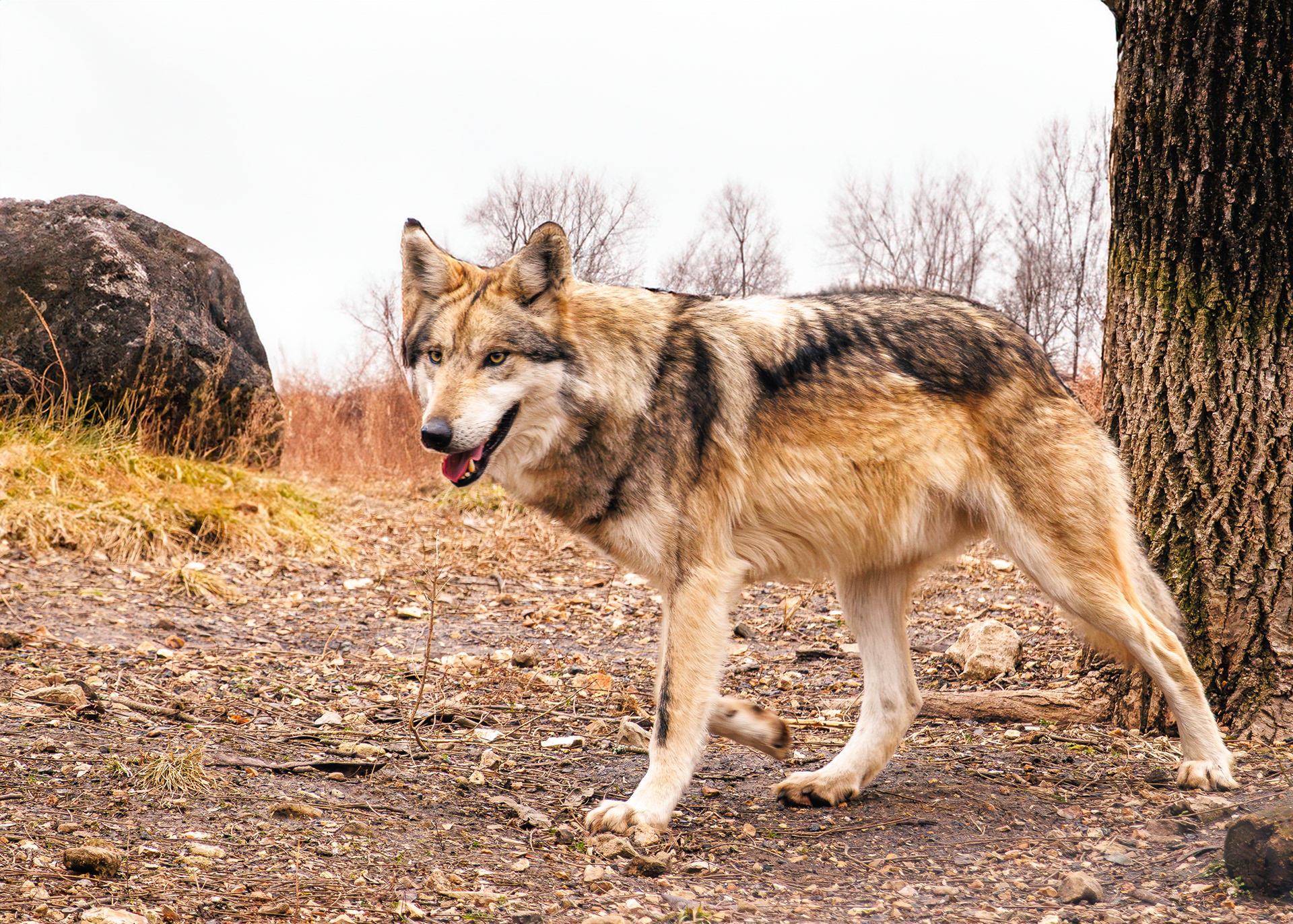
Wolf
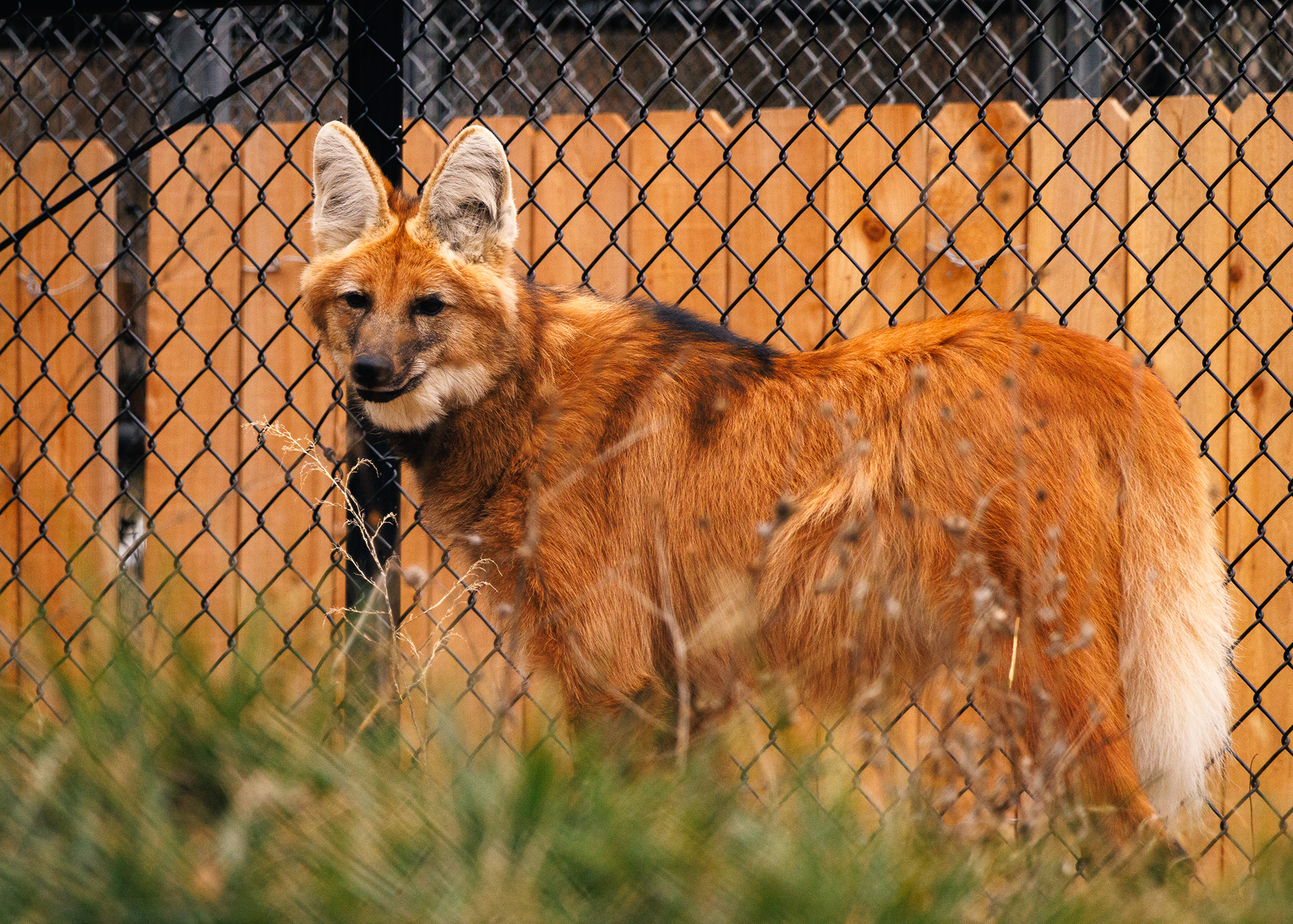
Maned Wolf, Female
Photographing Wolves: A Photographer's Perspective
Photographing wolves is a uniquely captivating experience. Wolves are not just iconic predators; they embody wildness, mystery, and intricate social behavior. Capturing their essence requires a deep understanding of their nature, a blend of technical skills, and a commitment to respecting their space and habitat. Commercial photographers and fine art photographers produce high quality images and photographers tend to specialize, into portrait photographers, landscape photographers, etc. While there are many types of photographers and many types of photography, the professional photographer can produce imAGES OF WOLVES, COYOTES AND OTHER CANIDS AS WELL AS OTHER interesting images.
1. The Challenge of Photographing Wolves
Wolves are elusive creatures, often wary of humans and highly attuned to their surroundings. This makes photographing them both challenging and rewarding. The goal is to capture their spirit—whether it’s the intensity of their eyes, the grace of their movement, or the bonds within a pack.
2. Preparation for Wolf Photography
Know Your Subject: Wolves are highly intelligent and social animals. Learn about their behavior, pack dynamics, and hunting patterns. Knowing when and where they’re likely to appear increases your chances of a great shot.
Choose the Right Location: Wolves can be found in specific habitats, including forests, tundras, and mountainous regions. National parks, wildlife reserves, and wolf conservation centers are excellent places for ethical wolf photography.
Gear Checklist:
Camera: A DSLR or mirrorless camera with fast autofocus and high ISO performance for low-light conditions.
Lens: A telephoto lens (e.g., 300-600mm) allows you to capture wolves from a distance without disturbing them.
Tripod/Monopod: Helps stabilize your shots, especially in low light or when using heavy lenses.
Clothing: Dress in muted, weather-appropriate clothing to blend into the environment and stay comfortable during long waits.
3. Timing and Patience
Golden Hours: Early mornings and late afternoons provide soft, warm light that adds depth and drama to your shots.
Seasonal Variations: Each season offers unique opportunities. In winter, wolves stand out against snowy landscapes, while autumn’s colorful foliage can add a stunning backdrop.
Patience is Key: Wolves are unpredictable. Long periods of waiting in silence are often necessary to observe and capture their behavior.
4. Techniques for Photographing Wolves
Focus on the Eyes: Wolves’ eyes are incredibly expressive. A sharp focus on the eyes creates a connection between the viewer and the subject.
Composition:
Use the rule of thirds to frame your shots dynamically.
Wide-angle shots can showcase wolves in their environment, emphasizing their relationship with the wild.
Close-ups highlight details like fur texture and facial expressions.
Action Shots: Wolves are highly active animals. Use a fast shutter speed (1/1000s or higher) to capture movement, whether they’re running, hunting, or playing. Burst mode is helpful for dynamic scenes.
Behavioral Moments: Document interactions within the pack, such as howling, grooming, or play. These moments reveal the wolves’ social bonds and add depth to your storytelling.
5. Ethical Considerations
Respect Their Space: Wolves are shy and sensitive to human presence. Always maintain a safe distance and never approach them directly.
Minimize Impact: Avoid disrupting their natural behavior. Do not bait wolves or use artificial means to attract them.
Wild vs. Captive: While photographing wild wolves is the ultimate challenge, conservation centers can provide opportunities to capture wolves in a controlled yet naturalistic setting.
6. The Storytelling Element
Photographing wolves is about more than aesthetics. It’s about telling a story—of survival, family, and their role in the ecosystem. A lone wolf against a rugged landscape might evoke solitude and resilience, while a pack in motion showcases teamwork and unity.
7. Post-Processing Tips
Enhance the Natural Look: Adjust contrast, sharpness, and color balance subtly to emphasize the wolves’ features without overediting.
Black-and-White: Stripping away color can emphasize textures, such as the fur or snow, and add a dramatic, timeless quality to the image.
8. Challenges and Rewards
Challenges: Wolves’ elusive nature, unpredictable behavior, and remote habitats make them a difficult subject. Harsh weather and long hours of waiting can test even the most dedicated photographer.
Rewards: The moment you capture a wolf locking eyes with your lens or howling against a mountain backdrop makes all the effort worthwhile. It’s a connection to something wild and untamed, a moment frozen in time that speaks to the primal beauty of nature.
Final Thoughts
Photographing wolves is not just about the technicalities of photography; it’s about understanding and appreciating the wild. Wolves symbolize freedom and the balance of nature. Capturing their essence allows photographers to share their beauty and importance with the world, reminding us all why they deserve our respect and protection.
All of these images and nearly 2000 more available for sale: Click this link
Artworks are available in many styles and sizes—wall decor including Metal, Acrylic, and Canvas. Even cards and stationery! There are gifts for the home such as throw pillows/covers, tapestries, duvet covers, shower curtains, fleece blankets, and beach and bath towels. One-of-a-kind personal and fashion items include tote bags, phone cases, t-shirts and sweatshirts, mugs, yoga mats, and spiral notebooks.
